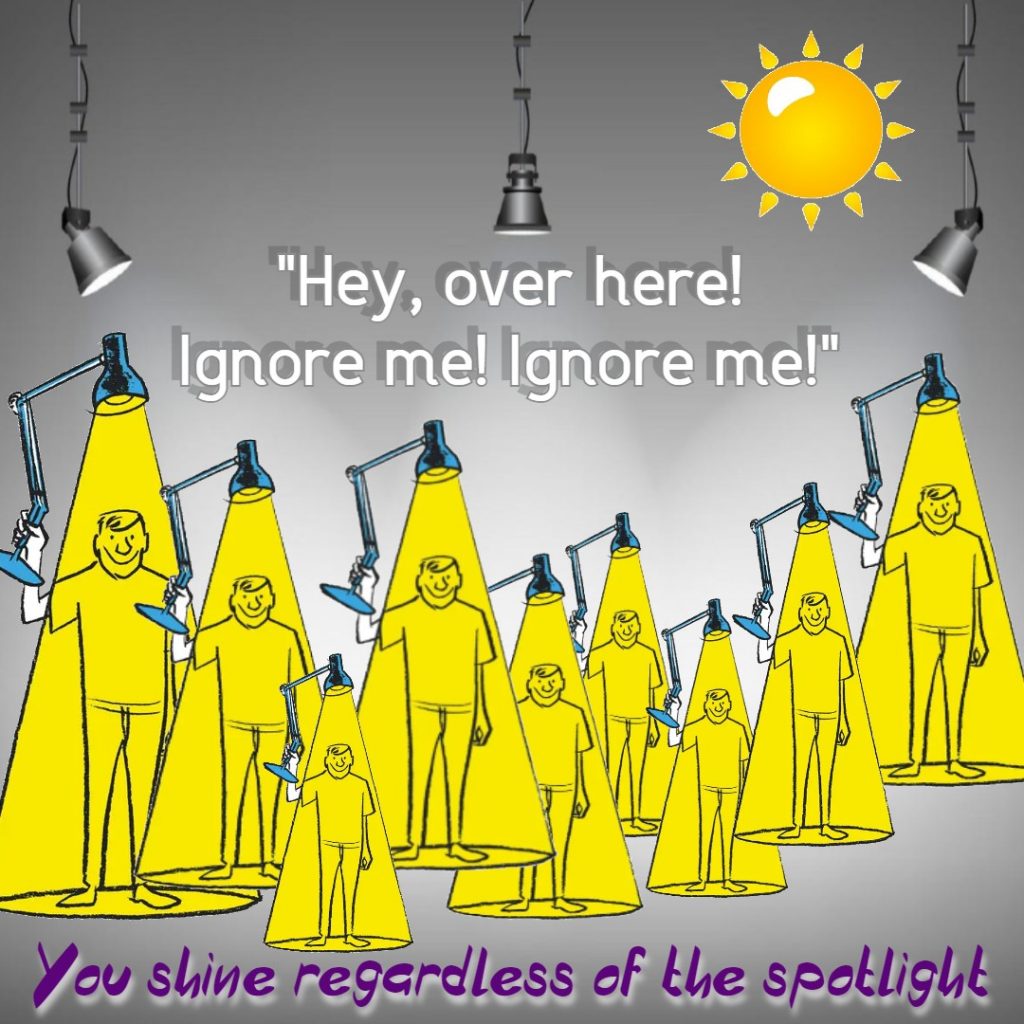
Self-absorption, self-obsession, the need for validation from others, toxic vanity, being in the spotlight … the list goes on. Please do not judge yourself if you possess any of the mentioned characteristics – however, I would encourage you to investigate if your self-worth and esteem are contingent on how others’ perceive you. Ideally, our self-worth comes from within. We do not need to seek it outside of ourselves. When you find yourself doing so, pause, and offer yourself what you need.

Related Post
The stages of change modelThe stages of change model
‘The stages of change model’ was developed by Prochaska and DiClemente. Heard of them? It informs the development of brief and ongoing intervention strategies by providing a framework for what interventions/strategies are useful for particular individuals. Practitioners need an understanding of which ‘stage of change’ a person is in so that the most appropriate strategy for the individual client is selected.
There are five common stages within the Stages of Change model and a 6th known as “relapse”:
1. In the precontemplation stage, the person is either unaware of a problem that needs to be addressed OR aware of it but unwilling to change the problematic behaviour [or a behaviour they want to change. It does not always have to be labelled as “problematic”].
2. This is followed by a contemplation stage, characterized by ambivalence regarding the problem behaviour and in which the advantages and disadvantages of the behaviour, and of changing it, are evaluated, leading in many cases to decision-making.
3. In the preparation stage, a resolution to change is made, accompanied by a commitment to a plan of action. It is not uncommon for an individual to return to the contemplation stage or stay in the preparation stage for a while, for many reasons.
4. This plan is executed in the action stage, in which the individual engages in activities designed to bring change about and in coping with difficulties that arise.
5. If successful action is sustained, the person moves to the maintenance stage, in which an effort is made to consolidate the changes that have been made. Once these changes have been integrated into the lifestyle, the individual exits from the stages of change.
6. Relapse, however, is common, and it may take several journeys around the cycle of change, known as “recycling”, before change becomes permanent i.e., a lifestyle change; a sustainable change.
(Adapted from Heather & Honekopp, 2017)

Sapiens: A Brief History of Humankind.Sapiens: A Brief History of Humankind.
Human-Kind. Isn’t that lovely. We have moved away from the patriarchal term mankind – ‘man’ who has not always been ‘kind’, necessarily – toward equality between the sexes and acknowledging gender fluidity. Noah touches on this. If you’re interested in the evolution of humanity and how we are capable of co-operating as a global community, give this book a go. You may experience information overload – but when condensing 2.4 million years into less than 500 pages, Harari goes alright. I’m someone who didn’t pay attention to history at school so I found this book enlightening, empowering and also disheartening at times. Harari writes about the breakthroughs of the Cognitive, Agricultural and Scientific Revolutions. The power of human imagination, math and language has been instrumental in the development of humankind into an apex predator, and the destruction of everything else.
Honesty and CompassionHonesty and Compassion

The phrase “Say what you mean, but don’t say it mean” is all about the balance between honesty and kindness in communication.
Here’s what it means:
- “Say what you mean”:
Be clear and truthful. Express your real thoughts and feelings. Don’t beat around the bush or pretend to agree when you don’t. - “But don’t say it mean”:
Speak with kindness and respect. Even when you’re being honest or giving criticism, there’s no need to be rude, hurtful, or aggressive.
Why it matters:
This phrase promotes healthy communication. It’s a reminder that:
- You can be honest without being harsh.
- Tone and delivery matter just as much as the words.
- Empathy and respect should guide your conversations—even when it’s hard.
